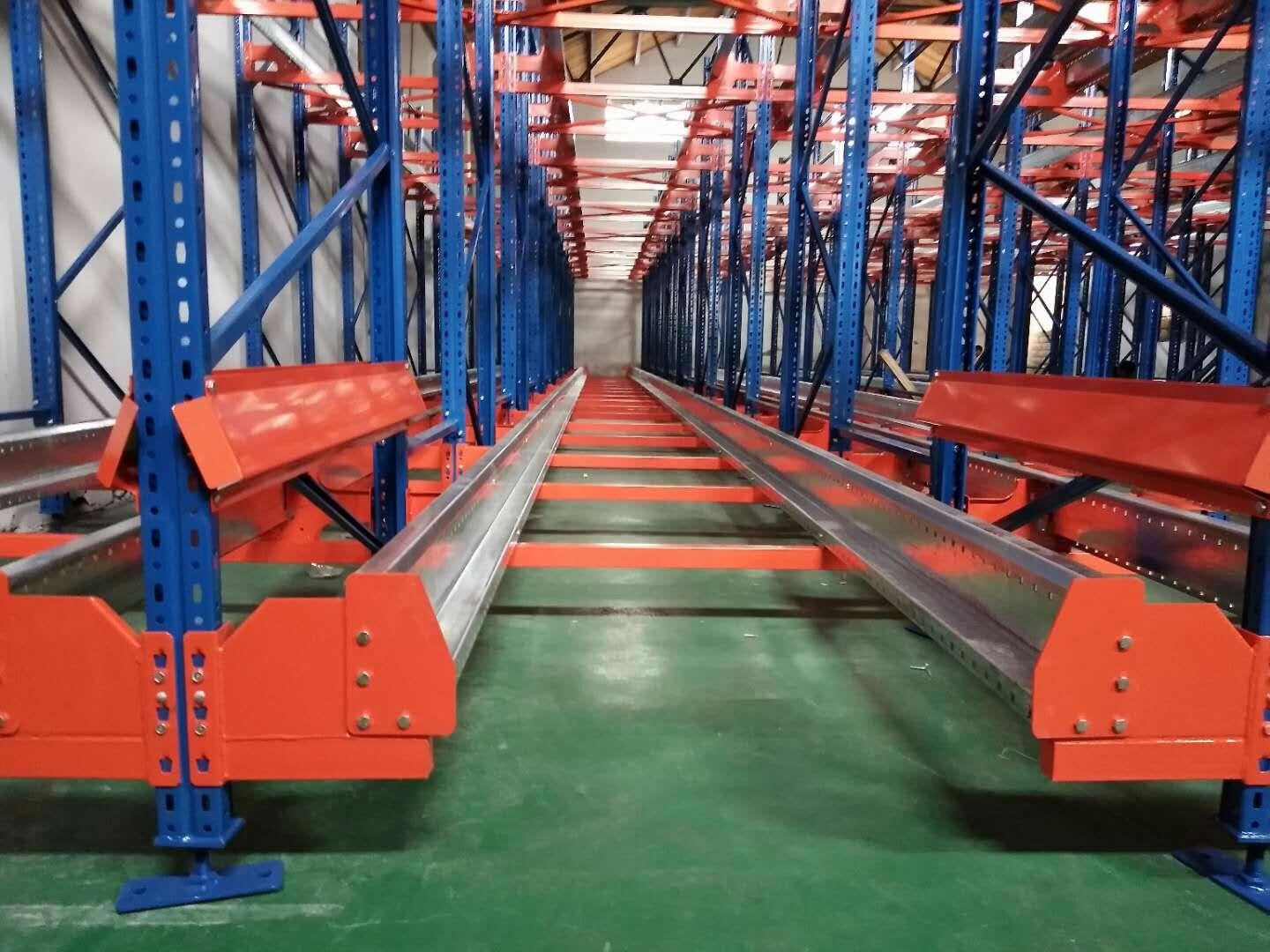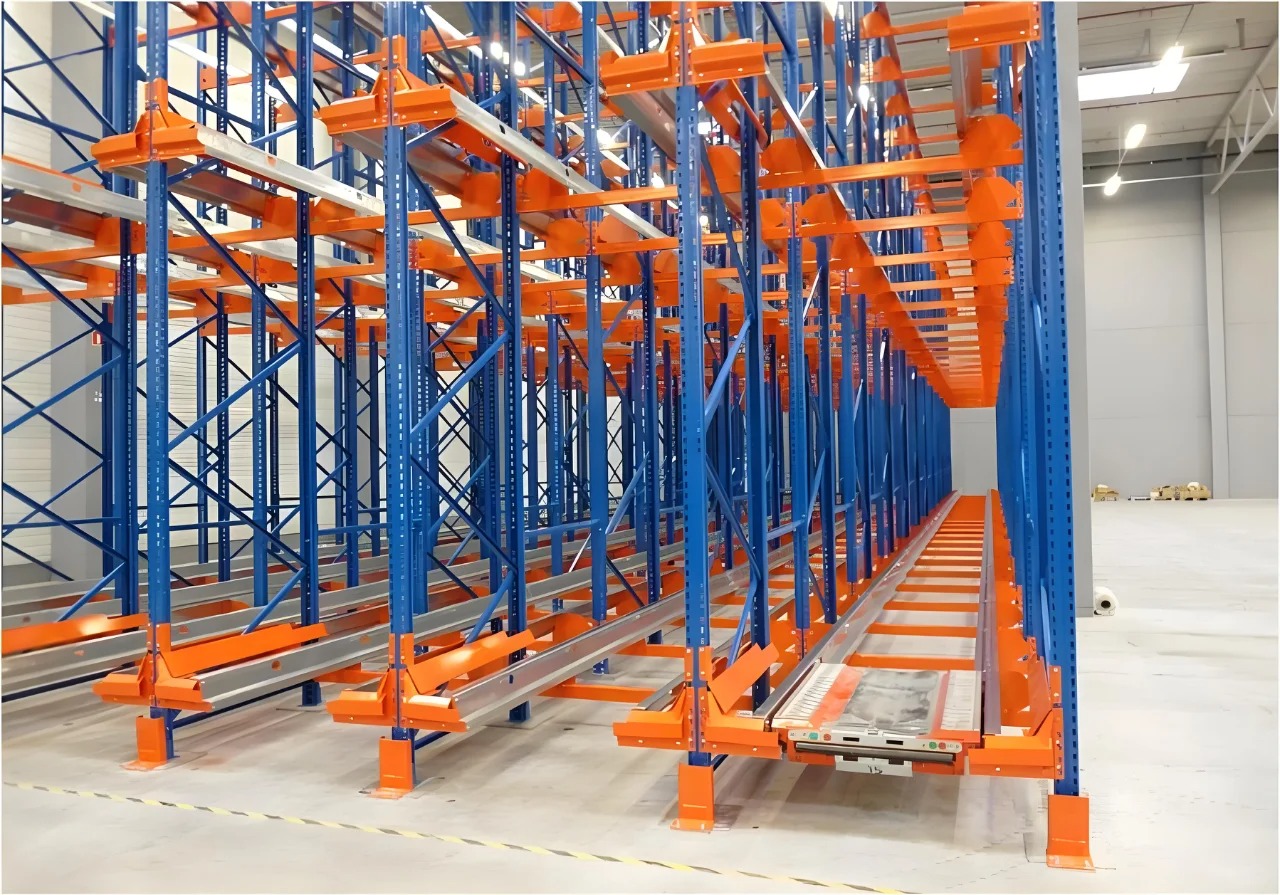Warehouse racking systems are the silent workhorses of modern logistics, holding immense weight and value. Yet, their critical role often leads to complacency. Racking maintenance is not a discretionary task; it’s a fundamental operational necessity directly impacting safety, productivity, asset lifespan, and legal compliance. Neglecting it invites catastrophic failure, financial loss, and human tragedy. This comprehensive guide delves into the crucial aspects of racking maintenance, providing a roadmap for implementing a robust program that safeguards your people, products, and profits.

Why Racking Maintenance is Non-Negotiable
Imagine the consequences: a single overloaded beam buckling, triggering a domino collapse of stored goods worth thousands, injuring nearby workers, halting operations for days, and attracting hefty regulatory fines. This nightmare scenario is preventable. Racking maintenance proactively identifies weaknesses – damaged uprights, bent beams, overloaded shelves, loose connections, shifting foundations – before they escalate. It ensures the system operates within its engineered capacity, protecting your most valuable assets: your employees and inventory. Furthermore, consistent racking maintenance is often mandated by health and safety regulations (like OSHA in the US, HSE in the UK, or equivalent bodies globally). Failure to comply isn't just risky; it's illegal.
The Cornerstone: Regular and Thorough Inspections
The bedrock of any effective racking maintenance program is a rigorous inspection regime. This isn't a casual glance; it's a structured process with defined frequencies and methodologies:
Daily/Operational Checks: Conducted by warehouse staff (e.g., forklift operators, pickers). Focuses on obvious damage caused during daily activities – impacts on uprights, dislodged or severely bent beams, displaced safety locks, fallen pallets, or spills. Staff must be trained to recognize damage and report it immediately. This frontline vigilance is crucial for catching issues early.
Weekly/Visual Checks: Often performed by supervisors or dedicated safety personnel. A more detailed walk-through of specific zones or the entire warehouse, looking for signs of damage, overloading (pallet overhang, beam deflection), leaning frames, floor damage around bases, and missing safety components.
Quarterly/Formal Inspections: Conducted by trained internal personnel (often safety officers or maintenance staff with specific racking inspection training). Involves a systematic examination using a detailed checklist covering every component: uprights (dents, twists, alignment), beams (connector lock engagement, bends, damage), braces, footplates, floor fixings, load notices, and overall structural integrity. Measurements of damage (e.g., dent depth) are often taken.
Annual/Expert Inspections: Performed by a technically competent external expert (e.g., a SEMA Approved Racking Inspector (SARI) in the UK, or similarly qualified professionals elsewhere). This is a deep dive, assessing the entire system against relevant standards (e.g., SEMA Codes, EN 15635, OSHA guidelines). The inspector provides a formal report detailing findings, risk assessments, required actions, and recommendations for repair or replacement. This independent assessment is vital for compliance and uncovering subtle issues.
Damage Assessment and Classification Protocols
Not all damage is equal. A key element of effective racking maintenance is having clear, objective criteria for assessing damage severity and determining the appropriate response. This prevents both over-reaction (unnecessary downtime/cost) and under-reaction (ignoring critical risks). Protocols are typically based on industry standards:
Damage Identification: Precise identification of the damaged component (upright, beam connector, brace, beam end, column base) and the type of damage (dent, bend, twist, shear, corrosion, loose bolt, missing lock).
Measurement: Critical dimensions are measured, such as the depth and location of a dent on an upright, the degree of beam deflection under load, or the extent of corrosion.
Classification Against Standards: Measured damage is compared against allowable limits defined in standards like the SEMA "Guidelines on the Use of Pallet Racking" or manufacturer's technical documentation. For example, a small dent in a non-critical zone might be acceptable, while a deep dent near a beam level requires immediate action.
Risk Categorization (e.g., Red/Amber/Green):
Red: Immediate Danger. The racking is unsafe and poses an imminent risk of collapse. Area must be immediately offloaded and isolated. Urgent repair or replacement is required before reuse.
Amber: At Risk. Damage exceeds acceptable limits but isn't immediately critical. Requires offloading within a defined timeframe (e.g., days/weeks) and repair/replacement before reloading. Load reduction might be a temporary measure.
Green: Acceptable. Damage is within allowable tolerances. No immediate action needed, but the damage should be monitored during future inspections.
Action Definition: Clear procedures for each classification – immediate offload, temporary load reduction, repair method, replacement requirements, timeframe for action, and re-inspection after repair.

Repair Procedures and Component Management
Once damage is assessed and classified, appropriate corrective actions must be taken swiftly and correctly. Racking maintenance relies on strict protocols here:
Authorized Repairs Only: Repairs should ONLY be carried out by personnel specifically trained and authorized by the racking manufacturer or a competent specialist contractor. DIY repairs using non-approved parts or methods are dangerous and invalidate warranties and insurance.
Genuine/OEM Parts: Always use replacement parts supplied or approved by the original racking manufacturer. Beams, connectors, locks, braces, and footplates are engineered as a system. Mixing components from different manufacturers or using non-specification parts compromises structural integrity.
Proper Repair Methods: Specific repair techniques may be mandated by the manufacturer for certain types of damage (e.g., straightening beams under controlled conditions, using approved reinforcement kits for damaged uprights). Never drill new holes or weld components unless explicitly approved by the manufacturer's engineering team.
Post-Repair Inspection: Any repaired component or section must undergo a thorough inspection (often by the person performing the repair and potentially a supervisor or safety officer) before being reloaded. Documentation of the repair is essential.
Damaged Component Disposal: Damaged components beyond repair should be clearly marked (e.g., painted red) and removed from the warehouse immediately to prevent accidental reuse. Follow safe disposal procedures.
Spare Parts Inventory: Maintain a critical spare parts inventory based on manufacturer recommendations and historical damage patterns. This minimizes downtime waiting for replacements.
Training and Competency for Staff
Racking maintenance is only as effective as the people involved. Comprehensive training is paramount at all levels:
General Warehouse Staff: Training should cover:
Basic racking components and how they work.
Recognizing obvious damage (impacts, bends, dislodged beams).
Understanding load signs and weight limits.
Safe operating procedures around racking (e.g., safe forklift maneuvering, correct pallet placement).
The critical importance of reporting any damage or concern immediately.
Forklift Operators: Intensive training focusing on:
Precise maneuvering to avoid impacts.
Understanding the catastrophic consequences of racking strikes.
Pre-operation checks for potential racking hazards in their path.
Reporting any contact, no matter how minor.
Internal Inspectors: Requires specialized training (e.g., SEMA "Racking Inspection" courses or equivalent) covering:
Detailed knowledge of racking types and components.
Understanding of relevant standards and damage assessment protocols.
Systematic inspection methodologies and checklist use.
Accurate measurement techniques.
Risk classification and reporting procedures.
Supervisors and Managers: Training should focus on:
The overall racking maintenance program and their role in enforcing it.
Understanding inspection reports and prioritizing actions.
Allocating resources for repairs and maintenance.
Fostering a safety culture where reporting is encouraged.
Refresher Training: Regular refresher courses are essential for all roles to reinforce knowledge, address complacency, and update on any procedural or standard changes.
Documentation and Record Keeping: The Audit Trail
Robust documentation is the backbone of a defensible racking maintenance program and crucial for compliance:
Inspection Logs: Detailed records of all inspections (daily, weekly, quarterly, annual), including:
Date and time.
Inspector's name and competency.
Areas inspected.
Specific findings (including measurements, photos if possible).
Damage classifications (Red/Amber/Green).
Immediate actions taken (e.g., offloading, barricading).
Damage Reports: Specific forms for reporting individual damage incidents, including cause (if known), location, description, classification, and initial actions.
Repair Records: Documentation for every repair, including:
Date.
Component repaired/replaced.
Description of damage and repair method.
Name and qualification of person performing the repair.
Parts used (with batch/serial numbers if applicable).
Post-repair inspection results and authorization for reloading.
Training Records: Certificates and logs of all staff training related to racking safety and racking maintenance.
Annual Expert Reports: The formal report and certificate from the external inspector, including findings, recommendations, and any limitations of use.
Load Notices and Configuration Plans: Up-to-date documentation showing the approved configurations and load capacities for each racking type and location within the warehouse.
Centralized System: Maintaining all these records in a readily accessible, organized, and secure system (digital is highly recommended) is essential for audits, incident investigations, and tracking trends over time.
Proactive Measures: Preventing Damage Before It Happens
While inspection and repair are reactive, the best racking maintenance programs incorporate proactive strategies to minimize damage:
Forklift Driver Training & Accountability: As the primary cause of damage, continuous, high-quality training and strict enforcement of safe operating procedures are paramount. Consider technology like:
Column Guards: Physical barriers protecting vulnerable uprights at ground level.
Rack Protectors: Beams attached to uprights designed to absorb impacts.
Forklift Speed Monitors/Zone Control: Limiting speed in racking aisles.
Forklift Camera Systems: Providing better visibility and recording incidents.
Aisle Discipline: Clearly marked aisles, good housekeeping (removing debris), and adequate lighting prevent accidental collisions and trips.
Load Management: Strict enforcement of weight limits displayed on load signs. Ensuring pallets are within size limits (no overhang), undamaged, and correctly positioned on beams. Using beam safety locks.
Environmental Monitoring: Protecting racking from corrosion in harsh environments (e.g., cold stores, chemical storage) through appropriate material selection (e.g., galvanized steel) or protective coatings.
Design Considerations: When installing new racking or modifying layouts, ensure adequate aisle widths for the equipment used, consider impact protection from the outset, and involve racking maintenance expertise in planning.
Implementing and sustaining a comprehensive racking maintenance program requires commitment, resources, and a proactive safety culture. However, the return on investment is undeniable. It directly prevents costly accidents, injuries, and fatalities. It minimizes operational downtime and product damage. It extends the functional lifespan of your racking assets, delaying costly replacements. It ensures compliance with stringent regulations, avoiding fines and legal liabilities. Ultimately, rigorous racking maintenance is the foundation for a safe, efficient, and resilient warehouse operation. Treat your racking with the care it demands – your employees, your inventory, and your bottom line depend on it. Start reviewing, strengthening, and consistently executing your racking maintenance strategy today.







